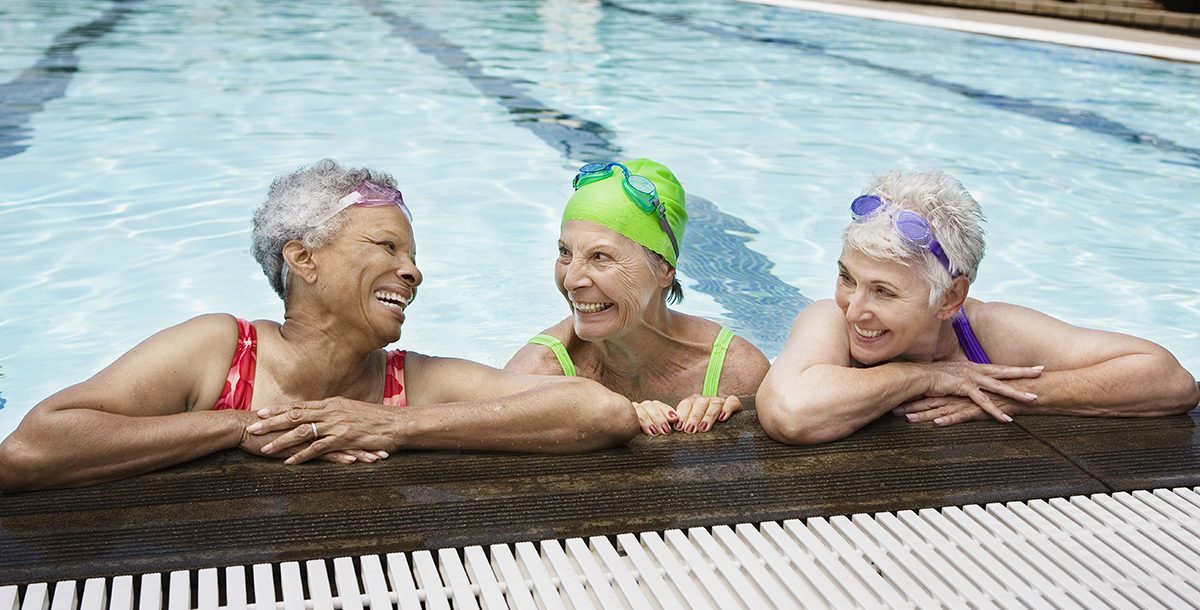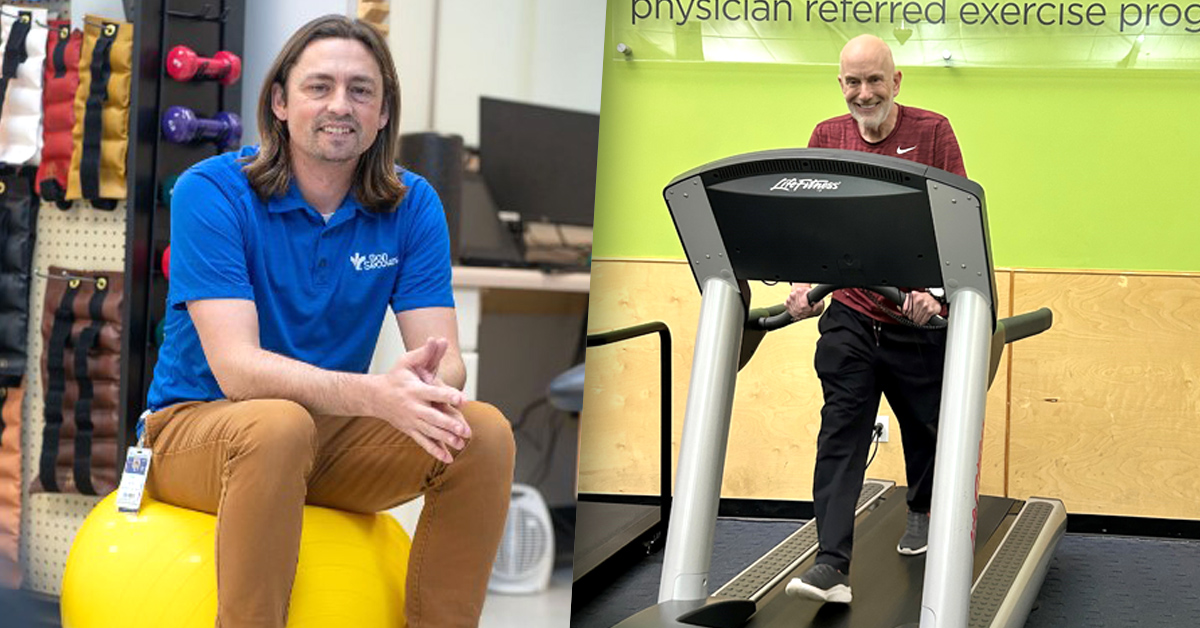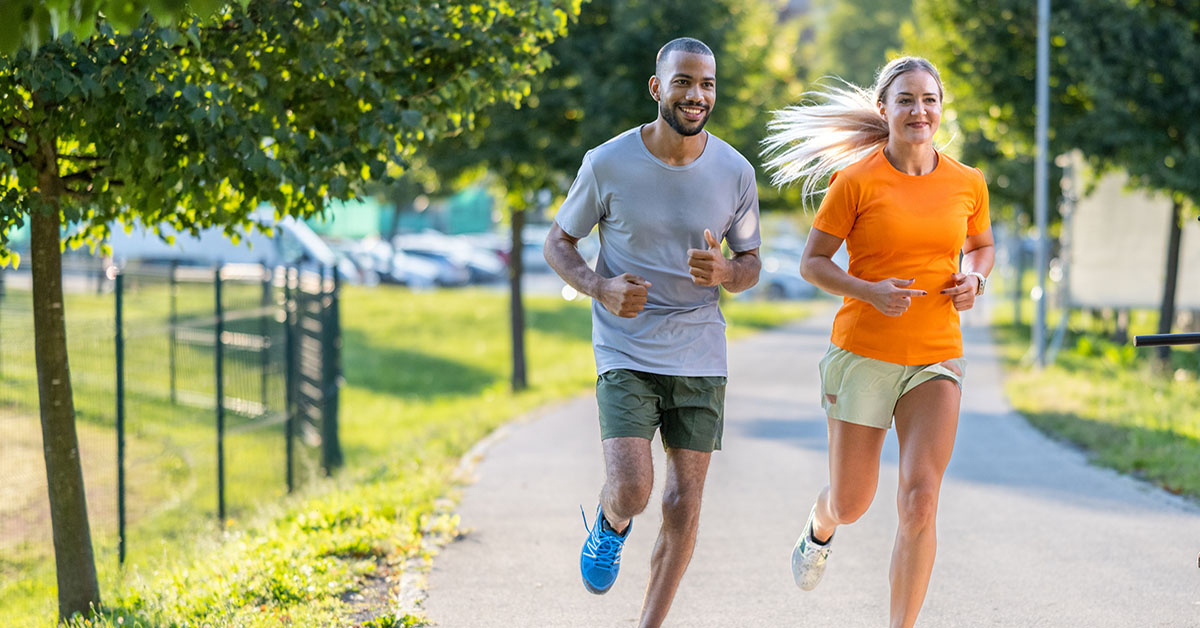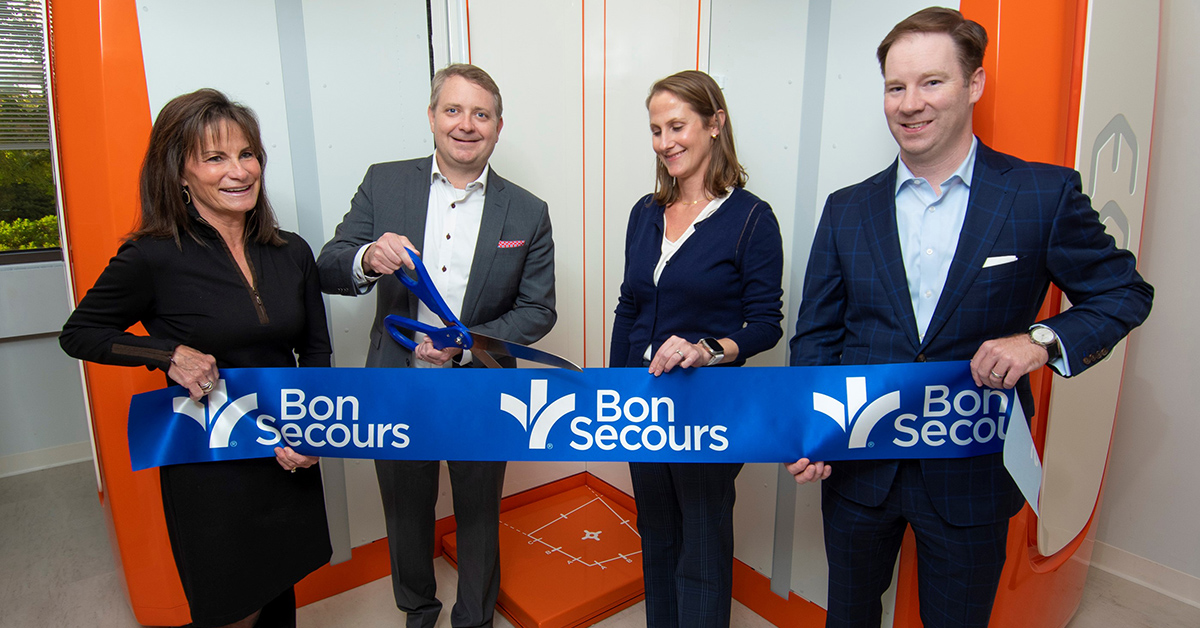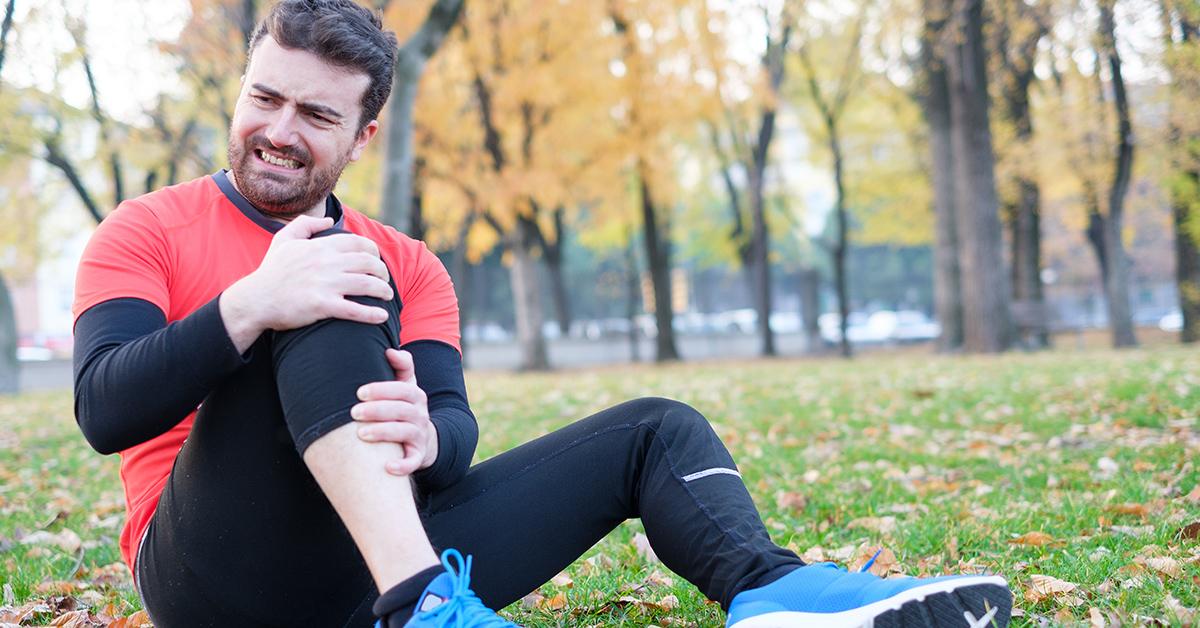An active lifestyle isn’t just for young people. As you age, it’s just as important to embrace an exercise routine that works for you.
Here are some reasons why you should stay active and five tips on how to get started with exercises as an older adult.
Why is it important for older adults to exercise?
Simply put, exercise can extend your lifespan and improve the quality of your life. It’s vital if your goal is to enjoy a sense of independence and minimize emergency trips to your health care provider.
Benefits of exercise for the elderly include the following:
- Decreased risk of cognitive problems like memory loss
- Improved mood and reduced stress
- Improved quality of sleep, which can boost your focus and energy levels during the day
- Increased mobility and balance, which helps you avoid falls and injury
- Stronger immune system and decreased risk of conditions like heart disease, osteoporosis and diabetes
If knowing the benefits isn’t enough to stir you into action, rely on the following tips for exercise for seniors.
Do what you enjoy
The best way to ensure you’ll stick to a workout routine is to choose activities you really enjoy. Don’t like the idea of walking on a treadmill? Take daily strolls through a local park instead. Or visit your gym’s swimming pool and enjoy a few laps. Shoot some hoops, ride a bike or take dance lessons. Even a hobby like gardening can require some physical activity. Just make sure you’re having fun.
Also, try your best to squeeze in different types of activities. Consider whether your senior exercise routines enhance strength and endurance as well as your flexibility and balance.
Make it social
A workout partner can keep you accountable and add some fun to your routine. A partner can provide some friendly competition if you decide to play a sport. Or you might want to enjoy some company as you take up dancing.
Coworkers and family members are all potential workout partners. And if you have trouble finding partners, visit a local community center or gym to see if any group fitness classes are available that offer an exercise routine for seniors.
Listen to your body
A tough workout might leave your muscles feeling a little sore — especially if you’re not used to physical activity. However, exercise shouldn’t be painful. If you notice that moving your body in a certain way hurts, switch up your routine. Cut out painful activities. Or consider breaking a longer routine into smaller sessions throughout the day.
If you notice the following issues during a workout, consult your health care provider:
- Chest pain
- Dizziness
- Shortness of breath
- Swelling of joints or persistent pain
Take it slow
New to working out? Ease yourself into it. Go for a short jog or walk one week, stopping when you feel you’ve hit your comfort limit. Slowly increase the duration or intensity of your workout each week. This prevents you from feeling overwhelmed or discouraged and allows you to actually notice your improvement over time.
It’s also important to take it slow if you’re becoming familiar with certain movements. For example, improper form can cause more harm than good if you’re performing body weight exercises or lifting weights. Slow down and focus on your movements. Don’t hesitate to consult a fitness instructor to correct your form or provide tips on safely performing certain movements.
Use goals and rewards
Use short-term goals and rewards to keep yourself motivated. Having a specific goal also makes it easier to track your progress. Perhaps you want to work your way up to walking a certain distance or completing a certain number of reps. Adjust your goals as you pass milestones.
When it comes to rewards, ask yourself, “What’s something I can look forward to after a workout?” This might include something as simple as a bubble bath or a relaxing evening watching your favorite TV show.
To stay healthy as you age, pair your workouts with nutritious meals and other smart habits.
Learn about the nutrition services we offer at Bon Secours.

